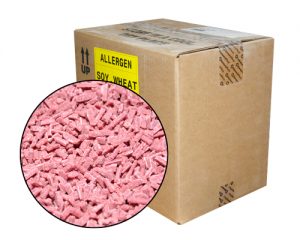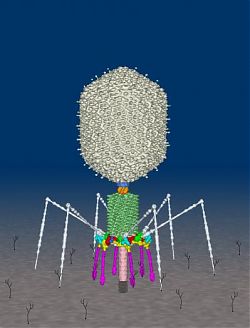Winnipeg, Manitoba, Canada correspondent, Rob Mancini, writes:
I’ve been told many times from various sources that Mancini’s always a cheerful guy, you can’t upset him… this is only because I find happiness with my family. I have an amazing wife and 2 incredible kids (6 years old and 19 months), all healthy. What more can I ask for: nothing.
 But when I read stories of kids dying from hemolytic uremic syndrome due to an E. coli infection, in particular when it could have been prevented, I get mad.
But when I read stories of kids dying from hemolytic uremic syndrome due to an E. coli infection, in particular when it could have been prevented, I get mad.
“We can’t hold him. We can’t love on him. All we can do is just stand at the bedside,” Lindsey Montgomery, Huston’s mom, told WFAA.
Heartbreaking.
Fox News reports A 2-year-old boy is on life support after contracting an E. coli infection from an unknown source while on vacation in Oklahoma with his family. Landon Huston, of Ennis, Texas, was experiencing stomach virus-like symptoms when a fecal sample tested positive for E. coli, WFAA reported.
Huston was taken to Children’s Medical Center Dallas where doctors discovered the infection had progressed to Hemolytic Uremic Syndrome (HUS), an abnormal destruction of red blood cells that leads to kidney failure, WFAA reported.
Huston underwent the first of two surgeries on June 14 and has had a blood transfusion. He was placed on life support after doctors discovered fluid in his lungs, a post on the family’s GoFundMe page said.
The Texas Department of Health Services is investigating any potential source of the bacteria. E. coli can be found in the environment, foods, and intestines of people and animals, according to the Centers for Disease Control and Prevention (CDC).
“Most parents like us had no idea, you know, the dangers of something like this,” Montgomery told WFAA. “And it’s everywhere. E. coli is something that’s everywhere.”
While most strains of the bacteria are harmless, others can cause diarrhea, urinary tract infections, respiratory illness and pneumonia. About 5-10 percent of patients who contract E. coli will develop (HUS), which could present as decreased frequency of urination, feeling tired and losing color in cheeks and inside the lower eyelids. Patients can recover in a few weeks but others may suffer permanent damage or die.
“I have faith he’s going to come out on top,” John Huston, the toddler’s dad, told WFAA.
I’ve taught many food safety courses and have lectured on the importance of food safety to many. I’ve used different techniques in teaching, heavily based on behavioral science amongst other antics, to stress the importance of certain food safety principles. Even did a TV show on the subject. All of this doesn’t matter if your inherent belief system is contrary to the information provided. Need to be compelling and understand how human behavior operates. At times I wish I know more psychology but it’s never too late.
Food safety is not simple, it is hard and anyone who says otherwise is clueless.
I always try to share personal stories and current relevant food safety stories in an attempt to connect with my audience or readers and gauge their interest. Doug taught me this and it works.

















